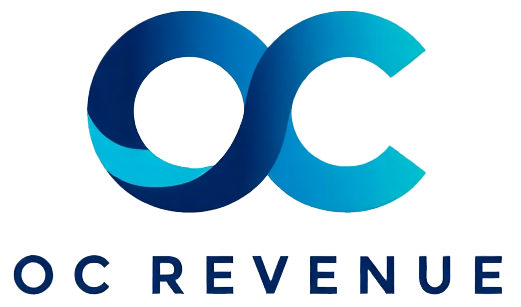Table of Contents
- Executive Summary:
- Key Takeaways:
- RevOps Strategy & Alignment: Navigating the Next Wave of Business Operations
- Building a Unified Revenue Operations Framework
- Driving Data-Driven Revenue Intelligence and Forecasting
- Implementing Change Management for RevOps Adoption
- Optimizing Sales Technology and Tools for Performance
- Aligning Compensation and Incentives to Drive Revenue Goals
- For Further Information
- Related Stories on the Web
Recent Articles
RevOps Strategy & Alignment: Navigating the Next Wave of Business Operations
Executive Summary:
Revenue Operations (RevOps) is rapidly emerging as a critical strategic function in enterprise business operations. This article explores how effective alignment of RevOps functions drives measurable growth, operational efficiency, and stakeholder collaboration in complex organizations.
By integrating sales technology, data analytics, and cross-departmental collaboration, companies can unlock new revenue streams and reduce operational silos. Consulting expertise plays a key role in guiding enterprises through this transformation.
Key Takeaways:
- RevOps alignment breaks down silos between sales, marketing, and customer success, enabling consistent pipeline optimization and forecasting accuracy.
- Leveraging advanced sales technology and data analytics empowers revenue intelligence and performance benchmarking across the customer lifecycle.
- Establishing a clear team structure combined with change management facilitates rapid adoption of revenue enablement best practices.
- Consulting partnerships provide critical expertise in stakeholder management, territory planning, and compensation design to maximize RevOps ROI.
- Strategic RevOps drives improved customer experience, revenue attribution clarity, and churn prevention through integrated lifecycle management and health scoring.
RevOps Strategy & Alignment: Navigating the Next Wave of Business Operations
Building a Unified Revenue Operations Framework

Enterprises today face growing pressures to optimize revenue growth amid increasingly complex customer journeys and competitive markets. RevOps serves as a strategic bridge across sales, marketing operations, and customer success, aligning resources to maximize revenue impact. However, many organizations struggle with fragmented team structures, disjointed tools, and inconsistent data sources that hamper accurate forecasting and pipeline visibility.
Establishing a unified RevOps framework demands thoughtful alignment of strategy, technology, and organizational design. Executives must prioritize cross-department collaboration backed by revenue enablement tools capable of integrating sales technology, marketing handoff processes, and customer onboarding workflows. Consulting firms bring significant value here by conducting diagnostic reviews of existing practices and designing optimized go-to-market models tailored to enterprise needs.
For example, a global technology company recently partnered with consultants to redesign its territory assignments, incorporating revenue attribution models to enhance lead distribution and compensation plans. This effort not only boosted sales pipeline velocity but also improved customer experience by ensuring account management teams had clear ownership, reducing churn risk. As highlighted in Forbes’ coverage on RevOps importance, a sound foundational strategy ensures sustainable growth and operational resilience.
Driving Data-Driven Revenue Intelligence and Forecasting

Robust analytics underpin the success of any RevOps initiative. Enterprises leveraging comprehensive revenue intelligence gain invaluable insights into customer behavior, pipeline health, and predictive forecasting accuracy. Integrating data streams from sales automation platforms, marketing operations, and customer lifecycle management systems enables better risk management and performance benchmarking.
One primary challenge is unifying data across disparate sales and marketing tools to create a holistic view of revenue drivers. Consulting engagements often focus on implementing advanced dashboards, multi-touch attribution models, and revenue attribution frameworks that provide executives with timely, actionable insights. This transparency helps in pinpointing bottlenecks in the marketing handoff and identifying opportunities for customer upsell and retention.
HG Insights’ recent launch of an agentic ecosystem exemplifies how technology innovation can revolutionize B2B sales and RevOps by enhancing data integration and predictive analytics. Enterprises that adopt such innovations improve territory management and compensation alignment, ultimately driving higher revenue growth and improved customer experience across the buyer journey.
Implementing Change Management for RevOps Adoption

Successful RevOps transformation goes beyond technology—it requires profound change management to realign team structures, incentives, and workflows. Resistance to change is a common challenge enterprise leaders face when breaking down established silos in sales, marketing, and customer success teams. A clear stakeholder management plan and focused training programs are essential to shift mindsets and cultivate a revenue-centric culture.
Consulting partners play a pivotal role by designing tailored training and communication strategies that resonate with diverse operational teams. These strategies often include workshops on revenue enablement best practices, coaching on sales automation tools, and guidance on revising compensation models to reward collaborative pipeline and performance outcomes. Engaging cross-department stakeholders early fosters ownership and accountability throughout the revenue cycle.
Demand Gen Report underscores this evolution in its article on RevOps moving from support to C-Suite leadership, highlighting the strategic nature of this function and the need for executive support to embed the RevOps mindset deeply across the organization. Change management competencies are critical to sustain momentum and realize long-term benefits such as churn prevention, customer onboarding excellence, and improved revenue forecasting.
Optimizing Sales Technology and Tools for Performance
Enterprises are investing heavily in sales technology stacks to address the increasing demands on RevOps to deliver optimized pipeline outcomes and accurate forecasts. Yet, many organizations suffer from tool fragmentation, underutilization, or lack of integration, diminishing overall effectiveness. A strategic assessment of the sales technology ecosystem, including sales automation platforms, lead management systems, and analytics tools, is vital to drive operational excellence.
Consulting specialists help companies identify redundant tools, guide technology rationalization, and implement integrated solutions that enable revenue intelligence and streamline account management workflows. Optimized sales technology also enhances customer success efforts by enabling rigorous health scoring and providing better visibility into lifecycle management. This alignment not only improves customer retention but supports customer upsell and cross-sell strategies.
TechCrunch’s recent article on automation’s impact on SaaS RevOps highlights the critical role of automation in boosting operational efficiency and reducing manual forecasting errors. Leveraging automation and integrated tools empowers RevOps teams to focus on strategic activities such as pricing optimization and revenue attribution, delivering measurable enterprise value.
Aligning Compensation and Incentives to Drive Revenue Goals
Compensation models are fundamental drivers of revenue team behavior, impacting lead generation, pipeline development, and customer success metrics. Misaligned incentives can create functional silos and undermine collaboration across sales, marketing operations, and account management. Emerging RevOps best practices emphasize integrated compensation plans that reward cross-functional performance and collective revenue achievement.
Consultants assist enterprises by redesigning compensation frameworks to reflect business priorities including churn prevention, customer experience, and pipeline health. Incorporating forward-looking metrics such as health scoring and predictive analytics ensures incentives foster the right behaviors across the entire revenue lifecycle. Additionally, these plans often couple with ongoing performance benchmarking to evaluate impact and adjust targets dynamically.
The Harvard Business Review stresses the importance of aligning revenue operations with overarching business strategy to maximize impact, including compensation and team structures that reflect evolving market demands. Companies that get this alignment right see tangible improvements in sales velocity, retention rates, and overall profitability.
For Further Information
- Salesloft: RevOps Makes the Leap From Support Role to C-Suite
- HG Insights Launches Industry’s First Agentic Ecosystem to Transform B2B Sales and RevOps GTM
- Why RevOps Is Critical To Business Growth And Operational Alignment – Forbes
- How automation is reshaping revenue operations in SaaS companies – TechCrunch
- Aligning Revenue Operations With Business Strategy For Maximum Impact – Harvard Business Review
Related Stories on the Web
The article on RevOps Strategy & Alignment: Navigating the Next Wave of Business Operations was hopefully useful in helping you understand more about the topic.

